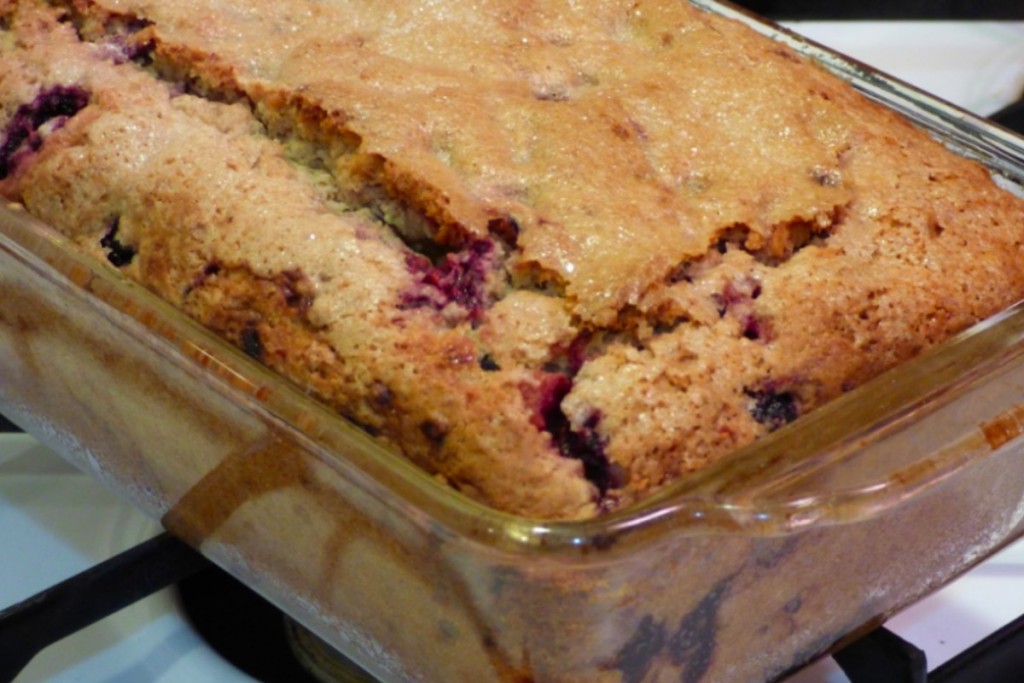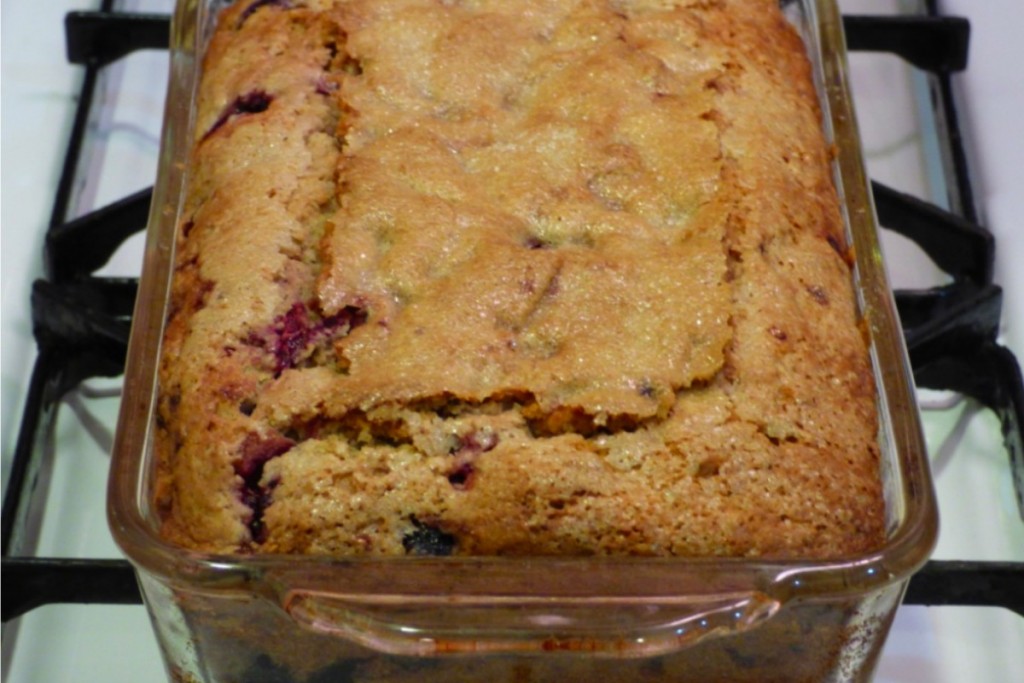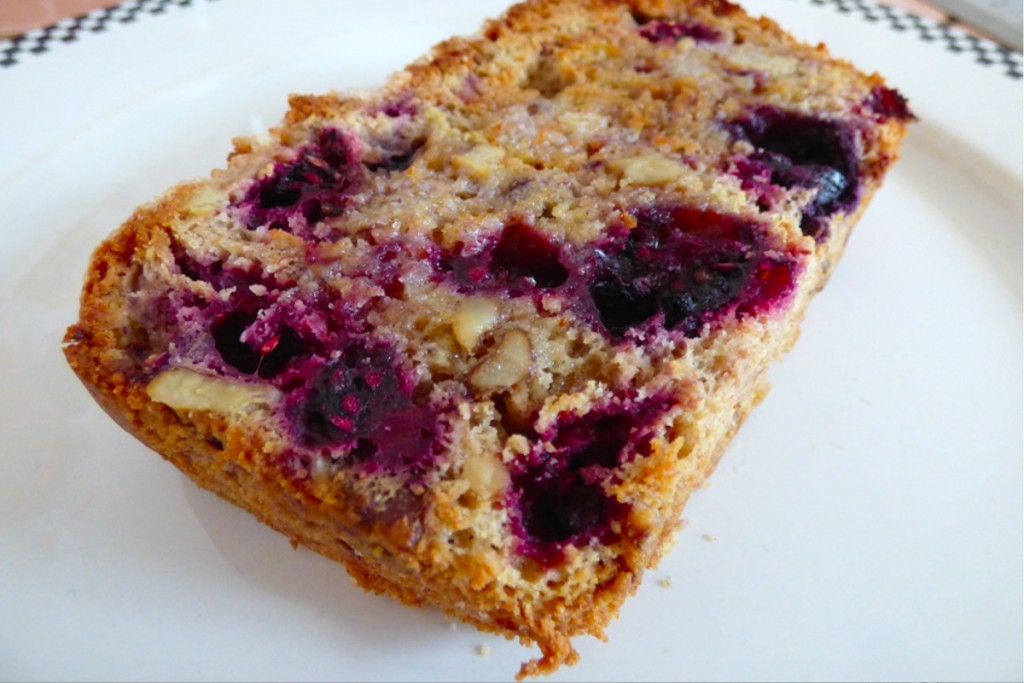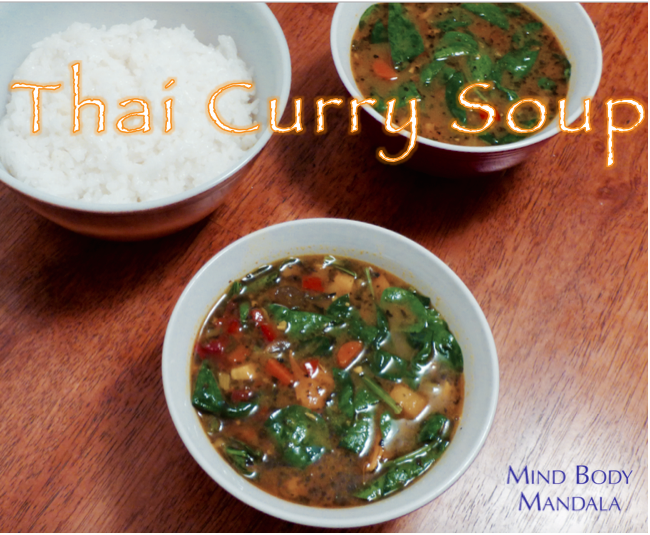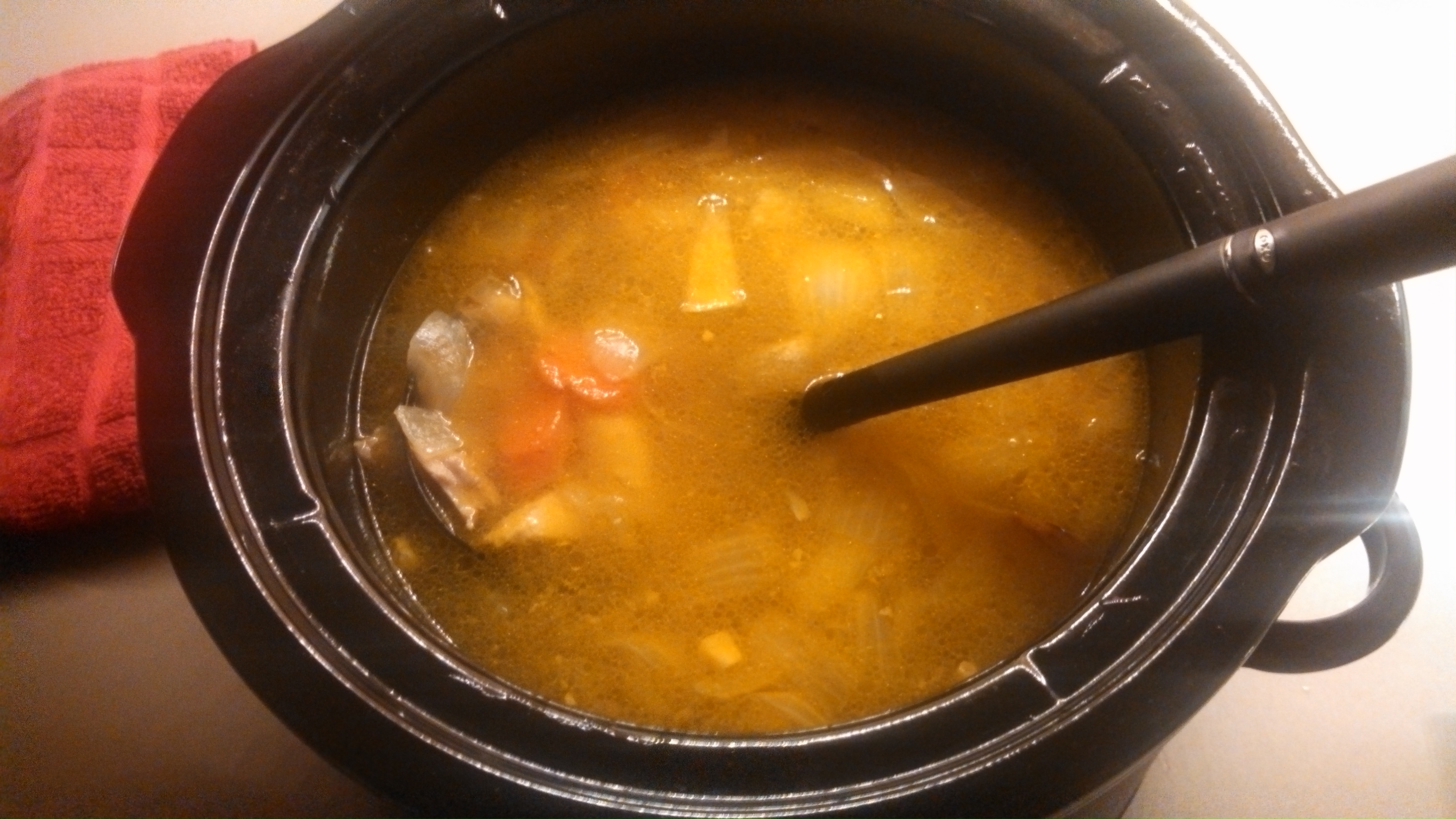Many of my clients want to lose weight and weight loss is one of the main reasons why people exercise. But not all exercise programs are created equally and produce various results. The saying “work smarter, not harder” definitely applies to weight loss strategies.
I find that it’s helpful to start by explaining the difference between exercise and recreation. Exercise (a.k.a. strength training) is a process where the body performs demanding work in a clinically controlled environment. Recreation (biking, hiking, swimming, yoga, golf, etc.) is for mental health purposes whereas exercise is purely physical.
Recreation is for fun. Exercise is for strength.
Exercise will contribute to the performance of any recreational activity, through improved strength, endurance and resistance to injury. I compare this relationship to the structure of a house. Exercise is the foundation while recreation is the enjoyment that comes from having a kitchen, a bedroom, a living room, and so on.
Exercise is like balancing your budget. Not much fun but it’s absolutely essential.
Traditionally, cardio has been the focus of weight loss efforts. But studies have shown that dozens of hours of running or aerobic activities will only lead to small amounts of weight loss.
When combined with calorie restriction, a.k.a. improved dietary choices, better results were achieved with cardio. However, some of that weight loss was due to a loss of lean body mass rather than fat loss.
In a recent study with over 4,000 participants, the best results for weight loss were achieved through a combination of strength training and calorie restriction. And while exercise may not be as enjoyable as recreation, the good news is that short bursts of intense exercise can effectively boost your metabolism.
It is possible to lose weight in as little as 20 minutes.
To learn about additional ways to lose fat please read: Strength Training for Fat Loss, Exercise & Ways to Lose Fat
The journey to fat loss can be incredibly empowering! Do you want to lose weight? I would love to help you with achieving your goals. Contact me to schedule your free initial consultation.
If you enjoyed this article you might also like:



